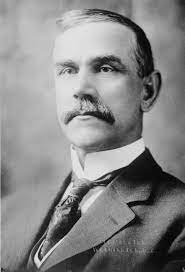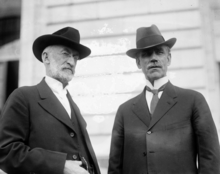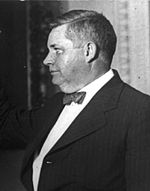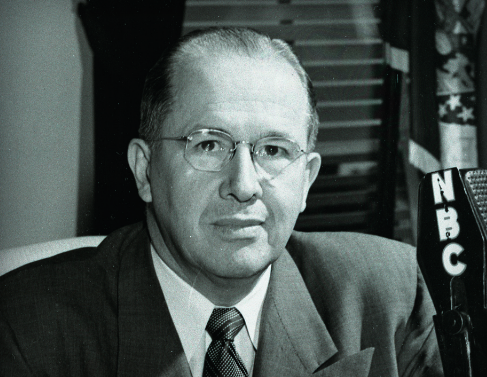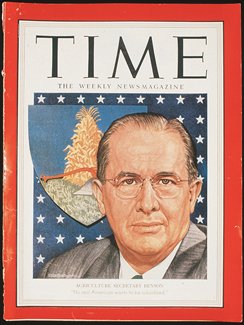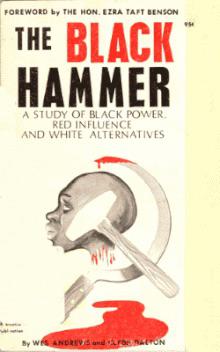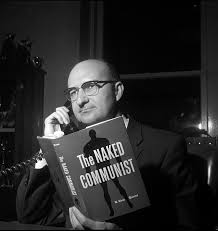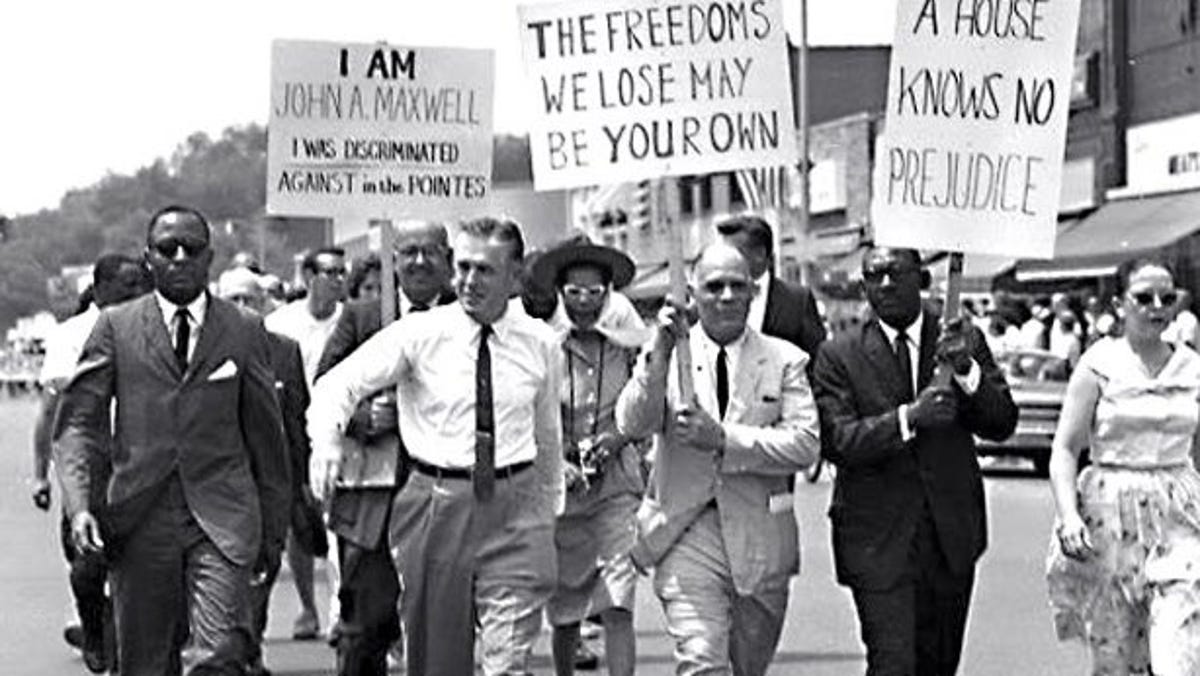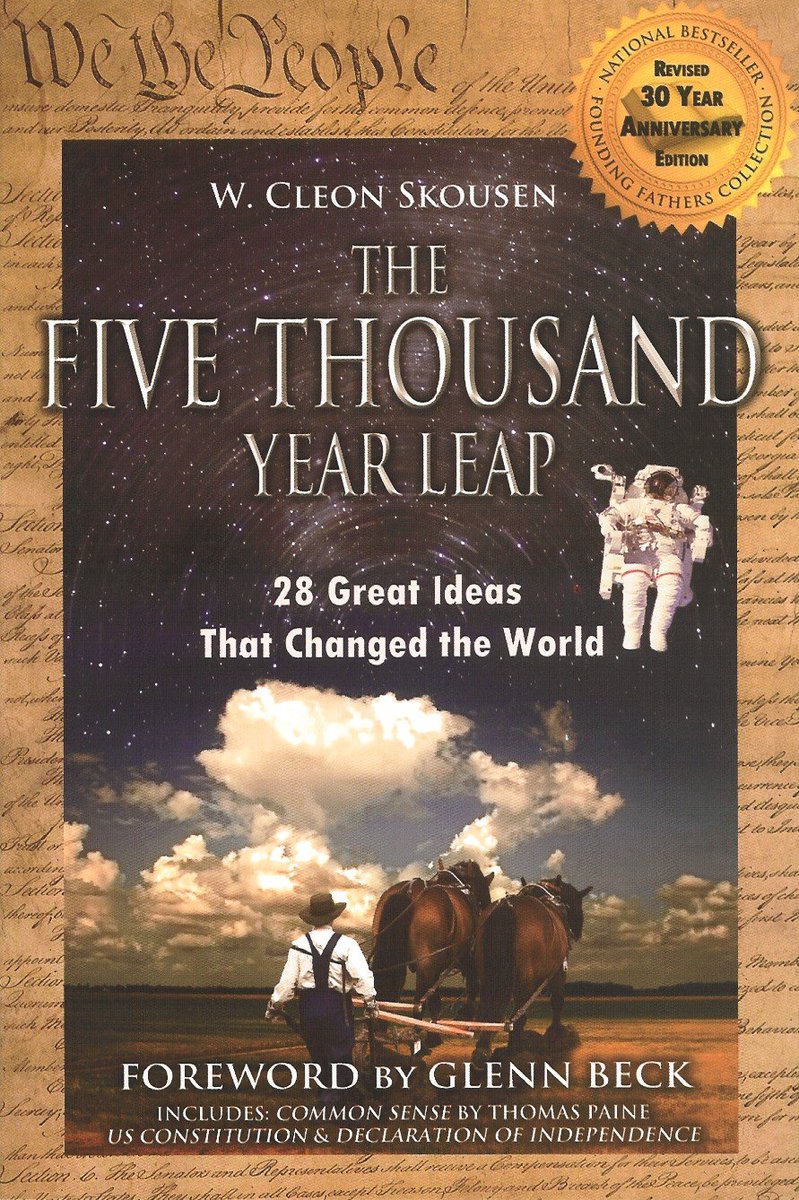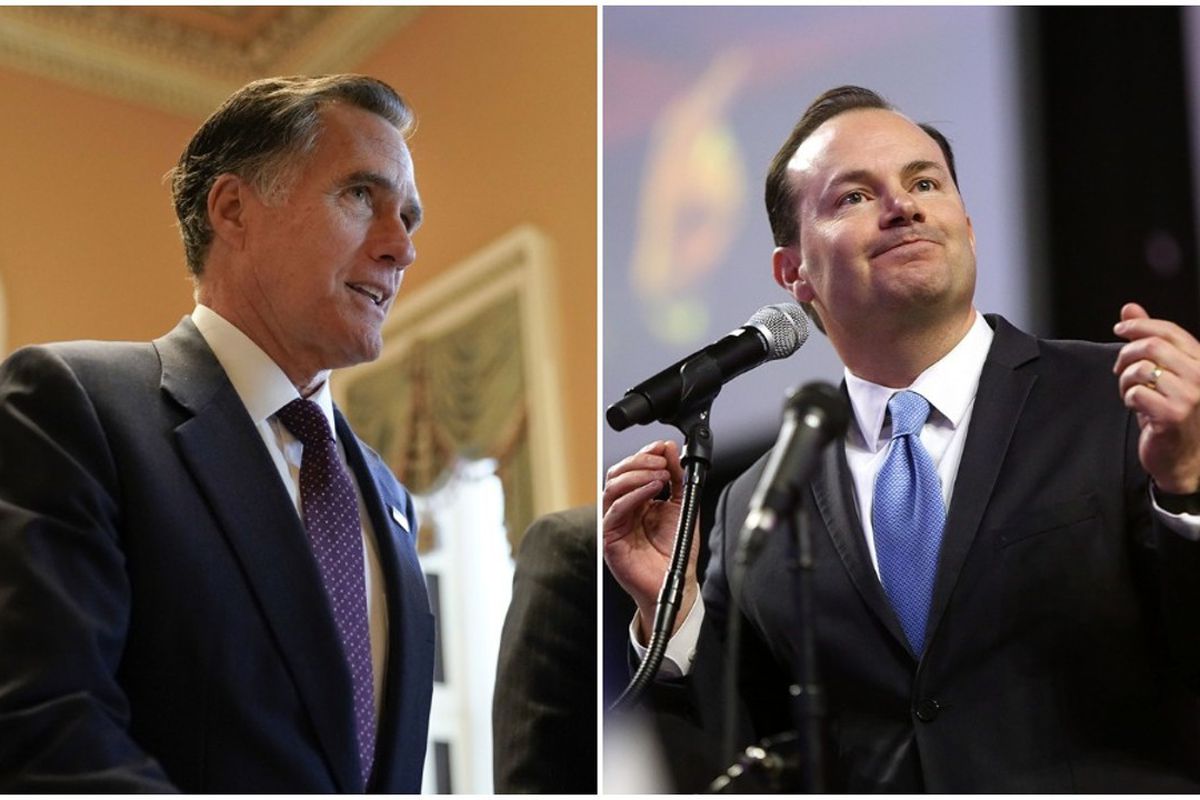A #MormonAmerica thread on my new @ReligPolitics essay, charting the divergent trajectories of modern Mormon conservatism.
In short: Mike Lee is resurrecting an LDS tradition of conspiratorial & reactionary politics. /1 https://religionandpolitics.org/2021/04/27/what-senator-mike-lee-tells-us-about-the-future-of-the-gop/">https://religionandpolitics.org/2021/04/2...
In short: Mike Lee is resurrecting an LDS tradition of conspiratorial & reactionary politics. /1 https://religionandpolitics.org/2021/04/27/what-senator-mike-lee-tells-us-about-the-future-of-the-gop/">https://religionandpolitics.org/2021/04/2...
From 1890 until 1940s, Mormons were a mostly, though far from consistently, Democratic voting bloc. With a few notable exceptions, like Reed Smoot (pictured), Utah supported Dem candidates, especially for statewide and national offices. /2
This was often in contrast to an ecclesiastical leadership who were increasingly Republican, and often vocally so. The biggest conflicts came when Utah voted for FDR four consecutive times, each over the vehement objections of church president Heber Grant (pictured w/Smoot). /3
Led by J. Reuben Clark, the ground started shifting in 1940s, due to a number of reasons, including 1) broader demographic shifts across Mountain West, 2) opposition to Communism, and 3) reaction to Civil Rights. Utah very quickly became a stronghold for the post-WWII GOP. /4
Yet while there were a number of causes and individuals that pushed this change, none were more prominent than Ezra Taft Benson, who became an apostle in 1943. Benson was a devoted and partisan Republican with a national reputation. /5
Benson& #39;s connections to the farming community and vehement opposition to socialism and communism earned him a place in Eisenhower& #39;s cabinet as the Secretary of Agriculture, a platform that allowed him to attack the growing liberal consensus. /6
However, after leaving Washington and returning to Utah, Benson became even more political, as well as more conspiratorial. He claimed there was a global socialist cabal, accused MLK as being a Russian pawn, and even came to denounce Eisenhower as too moderate. /7
Benson quickly became too controversial for other LDS leaders, who had to try and moderate the increasingly radical apostle. Matt Harris& #39;s recent book provides an excellent overview, as does this classic @DialogueJournal article by Greg Prince. /8 #metadata_info_tab_contents">https://www.jstor.org/stable/45227582?seq=1 #metadata_info_tab_contents">https://www.jstor.org/stable/45...
At the same time, Cleon Skousen became a national figure pushing even more far-right conspiracies, including in his book NAKED COMMUNIST, which Benson praised at a General Conference. Both figures shaped a generation of LDS thinking. /9
Yet many LDS leaders realized they had to put on a more responsible front, and sought moderation. GOP presidential hopeful George Romney offered a respectable, if still conservative, image, followed by others like Senator Bob Bennett. Benson became somewhat muzzled. /10
By the time Mitt Romney, George& #39;s son, ran for president in 2008/12, Mormons succeeded in presenting a largely moderate political image, one more technocratic than ideological, pragmatic than dogmatic. This had been a careful and conscious agenda. /11 https://newrepublic.com/article/97613/romney-mormonism">https://newrepublic.com/article/9...
Yet with the arrival of Mike Lee, who ousted the moderate Bennett in 2010, Skousen& #39;s legacy has resurfaced. And thanks to conspiratorial partisan Glenn Beck, so has Cleon Skousen& #39;s, making the author a posthumous bestseller. /12 https://www.salon.com/2009/09/16/beck_skousen/">https://www.salon.com/2009/09/1...
Now Utah& #39;s two senators Romney and Lee represent the two trajectories of modern Mormon conservatism: the former (along with others like @SpencerJCox) the moderate pragmatist, the latter (along with others like Burgess Owens) the radical. Both Mormon, both rooted in heritage. /13
(Side note: I think it& #39;s fascinating that two of the rumored challengers to Lee in 2022-- @utahbecky and @allyisom--not only reflect the moderate tradition, but also might reflect a new trajectory, one also reflected by @mormonweg.) https://www.sltrib.com/news/politics/2021/04/05/way-too-early-look-us/">https://www.sltrib.com/news/poli... /13.5
Finally, Lee & Romney represent the larger war over the GOP in the post(?)-Trump world, as the party seeks to define its values and priorities going forward.
They also embody the broader cultural fissures within modern Mormonism itself./ fin https://religionandpolitics.org/2021/04/27/what-senator-mike-lee-tells-us-about-the-future-of-the-gop/">https://religionandpolitics.org/2021/04/2...
They also embody the broader cultural fissures within modern Mormonism itself./ fin https://religionandpolitics.org/2021/04/27/what-senator-mike-lee-tells-us-about-the-future-of-the-gop/">https://religionandpolitics.org/2021/04/2...

 Read on Twitter
Read on Twitter